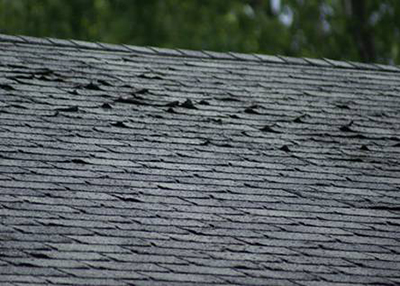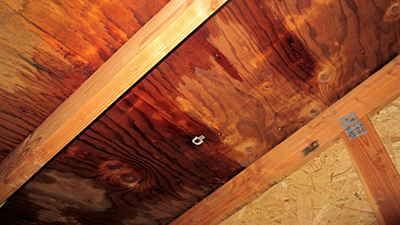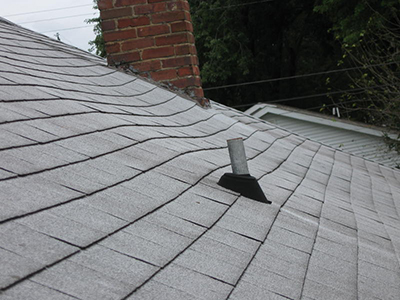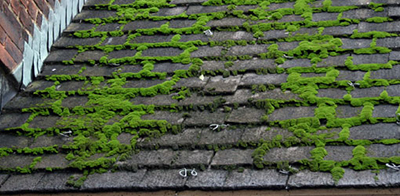 Loading... Please wait...
Loading... Please wait...- Home
- Solaris Blog
- Preparing Your Roof for Solar
Products
- Heating and Cooling
- Outdoor Living & Patio
- Solar Kits
- Solar Products
- Solar Panels
- Solar Panel Kits
- Solar Generators
- Inverters
- Inverter Monitoring
- Inverter Accessories
- Balance of Systems
- Racking and Mounting
- Rails
- Flashings
- Splice Kits
- Stopper Sleeves
- Conduit Mounts
- Attachments
- Brace Assembly
- Base Mount
- Brackets
- Bolts
- Clamps
- Caps
- L-Feet
- Washers
- Skirt
- Lugs
- Tilt Legs
- Hooks
- Stand-Offs
- Ballast Bay
- Top of Pole Mount
- Side of Pole Mount
- Flush Mount Kits
- Ground Mount Kits
- Roof Mount Kits
- Hardware Packages
- Wire Management
- Batteries
- Battery Accessories
- Charge Controllers
- Tools and Supplies
- View All Products
Preparing Your Roof for Solar
Posted by Brandi Casey on 31st May 2017

For roof-mount solar arrays, the condition of your roof can be the breaking point for obtaining solar permits. If you have damaged shingles, leakage, sagging or moss and algae growing you may have to deal with unforeseen expenses. Proper maintenance of your roof generally requires an annual or bi-annual inspection, and after events of extreme weather. General maintenance recommendations are typically not performed, let alone inspection after extreme storms, so odds are that you may not have seen the condition of your roof for quite some time. Pre-inspection can give you ample time to fix any damage and/or prepare for the additional cost of roof replacement.
In order to fully inspect your roof, you should be on the lookout for the following, for those who are afraid of heights, not to worry, many of these faults in your roof can be seen from the ground.
Condition of Shingles and Tiles

Shingle and tile damage is easily seen from the ground and on a ladder. Shingles should lay flat in a tight pattern, if they are curling up, cracking, or balding water damage is possible. Damaged or missing shingles should be replaced, keep in mind that even if you have the same shingles you used to install the roof on hand, the color will be different due to sun bleaching of your other shingles. The problem is purely aesthetic and it is far better to have a few different colored shingles instead of water damage. Obvious damage to shingles is also a surface issue that may block you from having permits completed, and can cause delays in both further inspection and rescheduling an appointment for another inspection. Much link shingles, tiles that are cracked or missing should be replaced.
Water Leaks

Although patching can solve leaking problems, consistent linking may have caused more damage than was initially thought. Water can leak into walls, and cause extensive damage that will make your roof unstable and unequipped to handle the load of a solar array. Checking extensively for any water damage in areas with past leaks is important not only for your system, but your general safety from collapses, mold and dry rot.
Sagging

Sagging can be caused by old age, and water damage. Any roof sagging is an indicator that the roof may cave in and professional intervention and maintenance is required. It is important to catch signs of sagging early to prevent further structural damage to your roof. Sagging roofs can collapse under the additional weight of a heavy snow fall, making the possibility of installing a solar system impossible. Sagging typically happens under extreme conditions and improper roof maintenance. This gives further light to the reason why counties are very strict in their permitting procedures. Ensuring that any issues are addressed is important not only for your system but your home insurance, and safety.
Moss and Algae Presence

Although moss and algae can give a rustic and interesting look to your roof, it is also a sign that there is too much concentrated and consistent moisture present. Inspection of moss and algae ties back into water damage and sagging. Eradicating moss requires moss killer intended for roofs only, and should start in the fall. Removal of the moss then takes place in the summer, simply take a broom to remove the dead moss then spread more moss killer along the ridge of the roof and any remaining green patching. The average cost of moss killer to treat 3,000 square feet of roof space is $20 and is well worth the investment.
Further insight of your roof condition can be found by simply looking round your neighborhood. If you are unsure of the last date your roof was replaced, it may be worth it to do a little bit of digging. Since inspection of the roof is not necessarily easy, it is a step that many homeowners ignore before beginning to look for a residential solar system. However, in order to save you the most time money and headache, inspections are important to preform for any homeowner and is an essential step in finalizing permitting services. If you have any questions regarding your roof, it is important to contact a local professional to ensure that there is structural stability.



